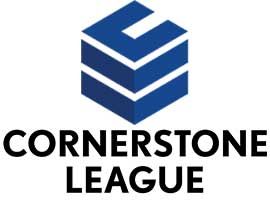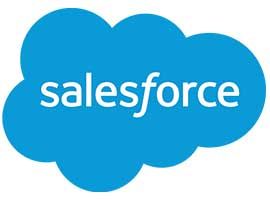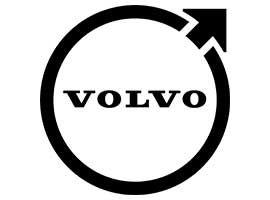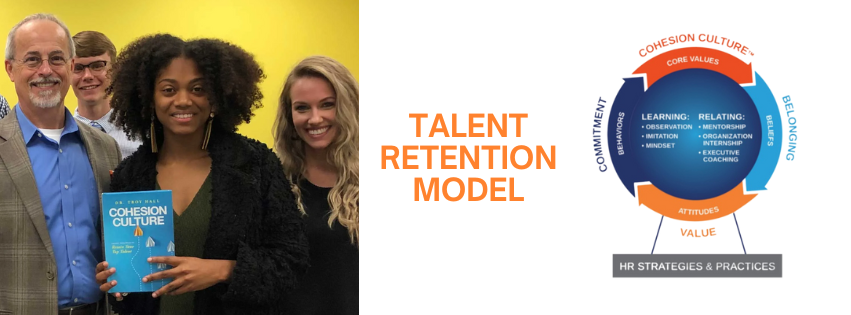
EMPLOYEE RETENTION MODEL… RUNWAY READY AND MORE
Recently, I had the privilege to speak at the America's Credit Unions HROD Conference on how to Retain Employees through Cohesion.
One of the key takeaways in addition to the ever popular Cohesion Wave was a quick review of the Cohesion Culture™ Talent Retention Model.
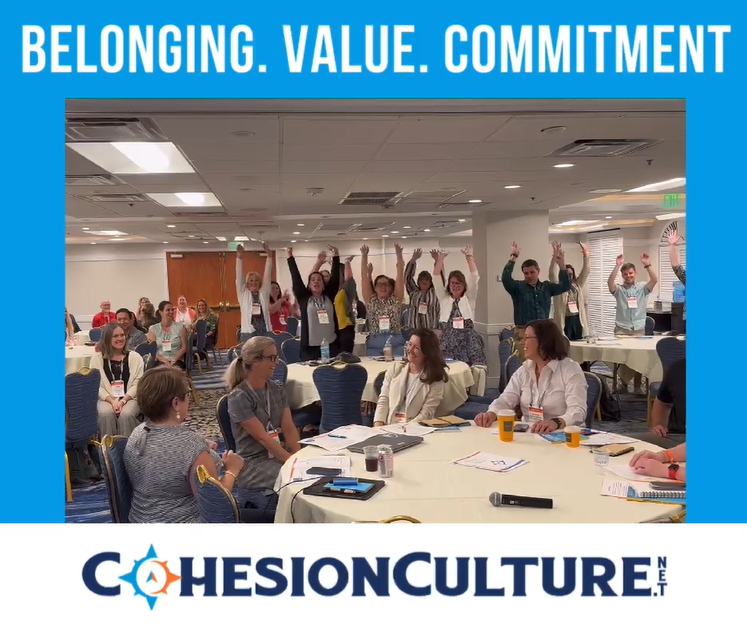
The model presents a visual of the components needed to have a cohesion-infused culture where people have a sense of inclusion (belonging), understand their value (meaningful work), and can share in mutual collaborative opportunities (commitment).
The model is adorned in the latest blue and orange couture and ready to strut down the next fashion runway.
It’s easy to wear and appeals to a very large population of people.
The Cohesion Culture™️ Talent Retention Model is dressed just right for every corporate hallway, walkway, or gathering space.

This blog post is the first in a series on the Talent Retention Model. I will break down the model into bite size pieces every other week:
- In today's issue, discover the cornerstone of the series - an introduction to the Talent Retention Model, coupled with The Four Concepts.
- Coming up in the next Cohesion Corner™️ with Dr. Troy! blog, I will delve into defining the Cohesion Core Values.
- Next, unravel the intricacies of the Learning part of the model, where we'll dissect its three main components.
- Dive into the realm of Relating in the following issue, where we'll explore its three primary components.
- As part of the Relating component, delve into the global impact of Mentoring in Part 5 of the series.
- For the culmination of the Talent Retention Model series, I will unveil the transformative power of Organizational Internship and Leadership Coaching.
The following excerpt is from Chapter 5 of the best-selling title, Cohesion Culture: Proven Principles to Retain Your Top Talent.
The Talent Retention Model (TRM) is the basis for a Cohesion Culture™️. It is a dynamic structure whose purpose is to support the overarching strategy of retaining talent, which should be the number one objective of all businesses, followed by consistently increasing revenue. In reality, these are not separate objectives. When transformative leaders shift the focus away from talent acquisition and toward investing in and developing a cohesive team, the path to increased revenue becomes straighter and easier.
The TRM embodies four concepts, outlined below, that support the three relational aspects of the employee journey—sense of belonging, employee value, and commitment to goals. This model reinforces the core values and beliefs of any organization. Identifying these key pieces creates an environment where employees have a sense of belonging and value, which leads them to make a full commitment to the organization.
THE FOUR CONCEPTS
1. Emotional and Spiritual Growth
This may seem like an odd place to start, but it’s not accidental that it comes first in the TRM. I firmly believe that we are, as individuals, far more than the sum of our parts. What makes us individuals is our yearning for purpose, for meaning, for connection with something higher and greater than ourselves.
Companies who acknowledge this are really only acknowledging the obvious, which to deny is fatuous and counterproductive. And yet, it’s clear that companies are afraid to address this aspect of people that turns them from unthinking structures and processes into living, breathing entities. But they needn’t be. Once this deep seated need for meaningful purpose is both addressed and aligned with the organization’s mission, a flood of passion is unleashed that can accomplish truly great, even transcendent things. And if you’re still wondering why we need passion in the workplace, remember, passion is what people experience when they are doing what they know is important and has value.
2. Physical and Mental Well Being
Here I want to again return to Maslow’s hierarchy of needs, one of the pillars of behavioral motivation. Basic needs of survival and safety must be met before there is energy or motivation for any higher achievements of intellect or creativity. While your employees may not be starving or afraid for their lives, if they are physically unwell and mentally stressed at work, productivity plummets.
This may sound mercenary, but it is simply a fact. We should care about our employees’ well being because they are valuable as people, but it also makes good business sense to care, and to put programs in place to support mental and physical health by encouraging healthy practices both in and out of the workplace, and by providing an environment in which those practices can realistically take place. This kind of support creates employee satisfaction and behaviors consistent with cohesion.
3. Financial Mindset
Financial security is part of the basic need for safety. Financial independence is a primary aspect of retention success. An organization’s role in supporting its employees’ financial health involves much more than offering a competitive paycheck, good health care and retirement benefits, and monetary bonuses. It requires teaching money management skills in the areas of savings mobilization and credit utilization, and in such a way that promotes financial learning as a positive behavior and not just corrective action. Financial stress is also an aspect of mental health; when employees are stressed about money or living paycheck to paycheck, which can happen at any income level, they are less able to perform at an optimal level. So, once again, investing in employees in this area enables them to invest more and more fully in their contributions to the organization.
4. Intellectual Stimuli
In today’s workforce, it is impossible to separate intellectual stimulation from the development of an entrepreneurial spirit. Even within the framework of an organizational structure, employees desire autonomy and a collaborative work environment where they are asked to think and encouraged to contribute. They want to think for themselves, solve problems, and be creative. In short, they want to be treated like adults, not children who have to be supervised and told how to think.
In addition to educational and skill developing programs, the open exchange of ideas in a team building environment is a key part of intellectual stimulation. As team members see that they can inspire colleagues and even management with valuable input, they learn that everyone can be a leader. An organization that challenges employees’ intellects also signals to them that they are valued and that they belong.
You’ll notice that each of these four concepts addresses a need all people have in their personal lives as well. The overlap between personal and work life cannot be underestimated if talent is to be retained. Employees are looking for quality of life in the office as well as at home, and these four elements should ideally be implemented seamlessly across both spaces.
HR is where the rubber meets the road in implementing the four concepts of the TRM so that they become a foundation for organization culture and an embodiment of organizational values. When it comes to retaining talent, CEOs can’t do their job effectively if the strategies and practices of the HR department aren’t solid. When HR implements these structures so that the talent is truly connected within the organization, a Cohesion Culture™️ is created.
Make sure you're subscribed to the Cohesion Corner™️ with Dr. Troy! newsletter as next week I'll be continuing the Talent Retention Model series with the Cohesion Core Values.
To learn more, click here to purchase your very own copy of my book Cohesion Culture: Proven Principles to Retain Your Top Talent.
For more insight on this topic, please refer to these blog posts:
Interested in reading more from Dr. Troy Hall? Check out my books available for purchase on Amazon.

